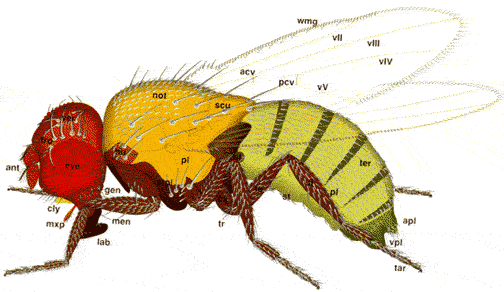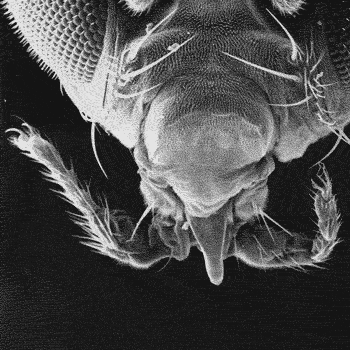
Anthony Percival-Smith
Laboratory
Molecular Mechanisms of Morphogenesis
For the past two decades, the application of genetic dissection and molecular biology has resulted in an explosion in our knowledge of the mechanisms that control the process of Development. One of the major experimental systems that contributed to this explosion is the model organism Drosophila melanogaster. My laboratory is studying two aspects of the molecular basis of the body plan. The body plan is required for positioning and determining the identity of the various body parts.

The first aspect of the body plan that we study is the role that the protein encoded by the gene fushi tarazu plays in determining the number of segments of Drosophila body plan. Fushi tarazu protein is expressed in every other segment resulting in bands of Fushi tarazu expression across the anterior posterior axis. Without Fushi tarazu protein, the embryo develops lacking half of its segments.

The second aspect of the body plan that we study is the role of the proteins encoded by the two genes, proboscipedia and Sex combs reduced, in determining of the identity of four body parts. Both proboscipedia and Sex combs reduced are homeotic genes. Mutant alleles in homeotic genes result in striking phenotypes where one body part is transformed into the likeness of another. Loss-of-Proboscipedia protein results in the transformation of the mouth parts into a pair of first leg tarsi.

Table of Content
The Boss
Projects
Role of FTZ protein in determining the number of segments
Role of two HOX proteins, PB and SCR, in determining the identity of four body parts
The identification of the Tarsus-inducer
The laboratory
Laboratory members past and present